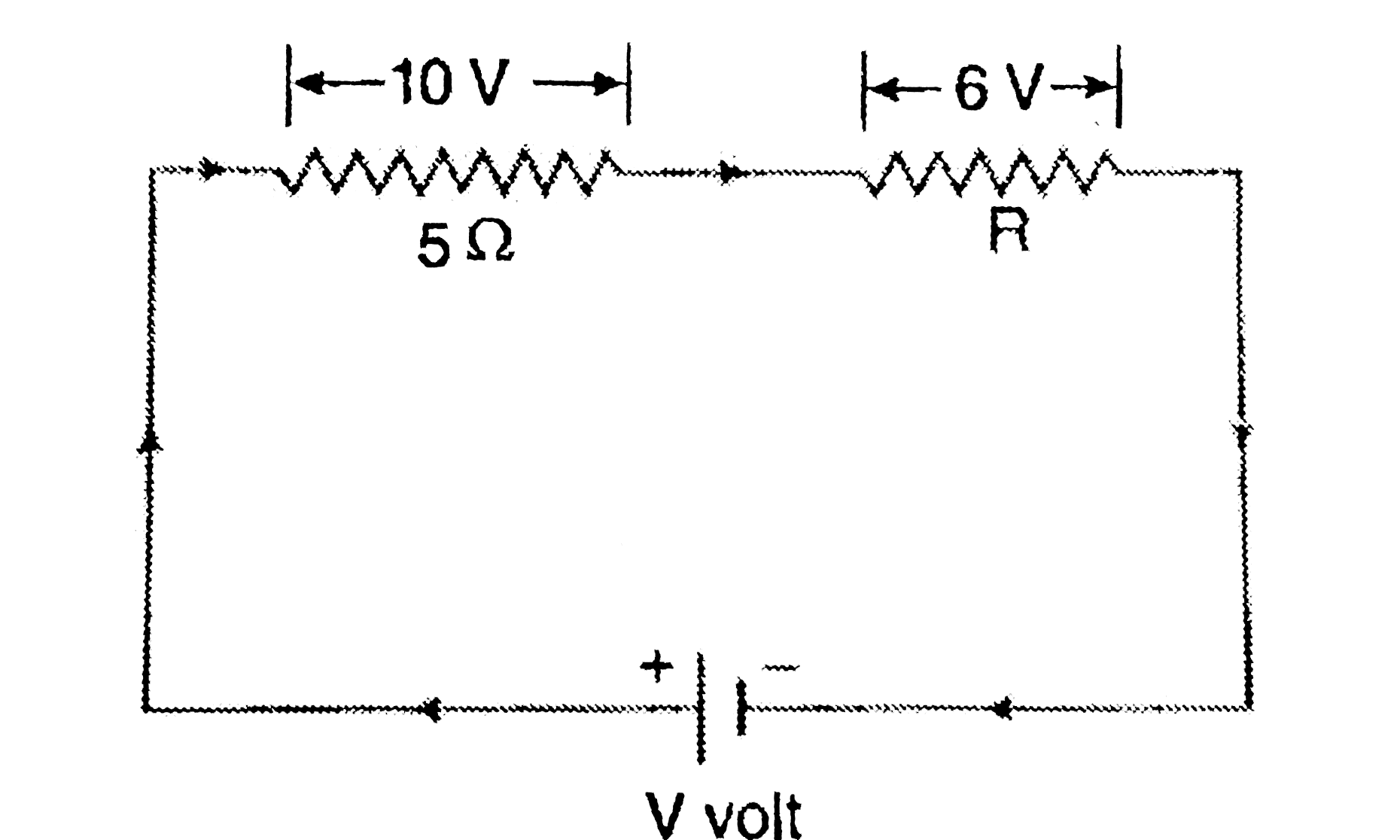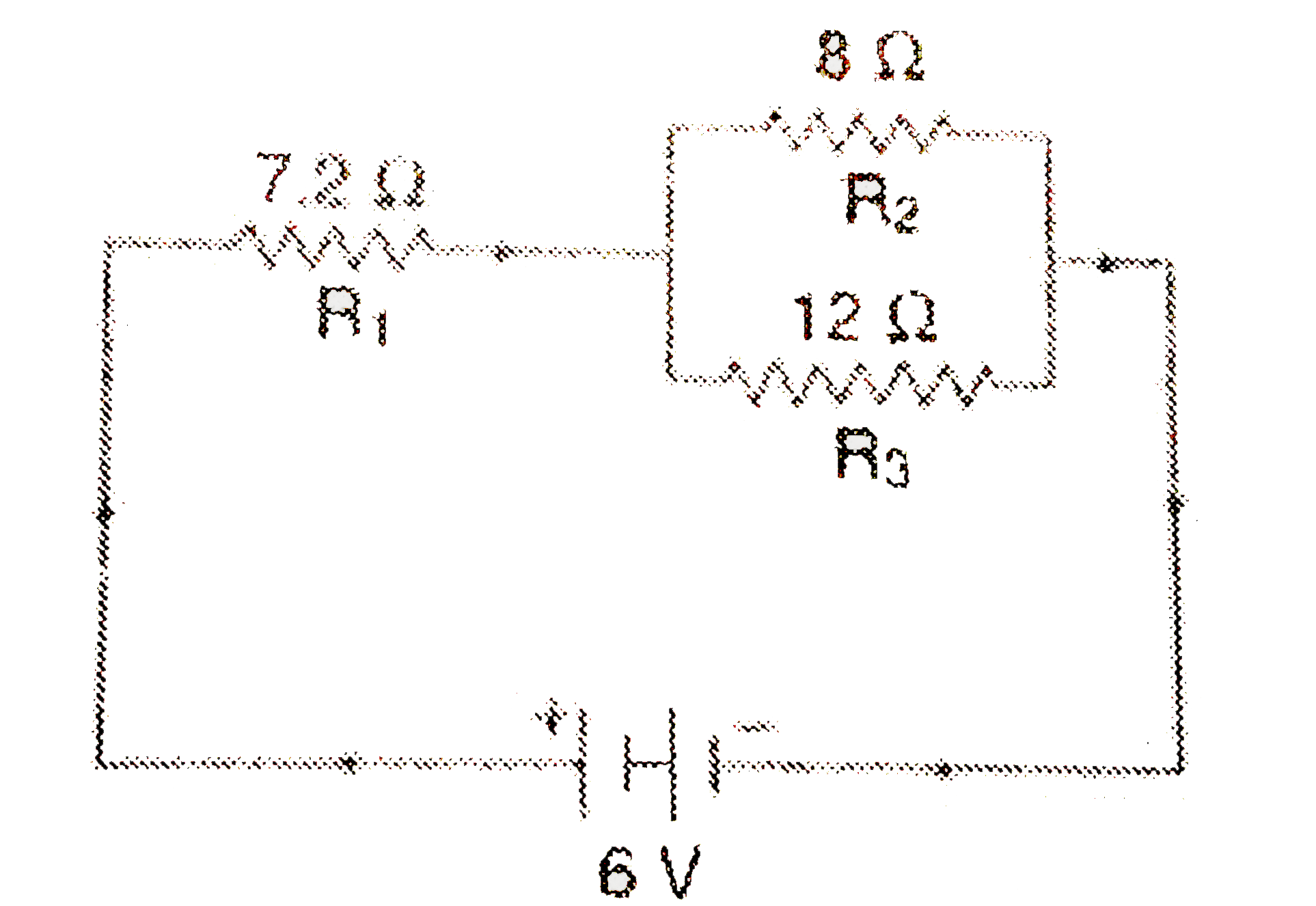With the help of a labelled circuit diagram derive a formula to find combined resistance (R) when two or more resistance are connected in parallel taking symbol potential difference (V) and current (I) Solution in Punjabi
Step by step video & image solution for With the help of a labelled circuit diagram derive a formula to find combined resistance (R) when two or more resistance are connected in parallel taking symbol potential difference (V) and current (I) by Physics experts to help you in doubts & scoring excellent marks in Class 10 exams.
Updated on:21/07/2023Topper's Solved these Questions
Similar Questions
Define the principal focus of concave mirror.
View Solution(a) With the help of a circuit diagram, deduce the equivalent resistance of two resistances connected in series.
(b) Two resistances are connected in series as shown in the diagram:

(i) What is the current through the 5 ohm resistance?
(ii) What is the current through R?
(iii) What is the value of R?
(iv) What is the value of V?
View Solution(a) With the help of a circuit diagram, obtain the relation for the equivalent resistance of two resistances connected in parallel. (b) In the circuit diagram shown below, find: (i) Total resistance. (ii) Current shown by the ammeter A
View Solution(a) what is meant by series and parallel combination of resistances ?
(b) in which case, series combination or parallel combination, the combined resistance is less than any of the individual resistances ?
(c ) How should two resistance of 2Ω each be connected so as to produce an equivalent resistance of 1Ω ?
In the circuit diagram given here , find:
(i) total resistance of the circuit
(ii) total current flowing in the circuit, and
(iii) the potential difference across R1

View SolutionWith the help of a circuit diagram derive the formula for the resultant resistance of three resistances connected:a) in series and b) in parallel.
View Solutionपार्श्वक्रम में जुड़े, तीन प्रतिरोधों का परिपथ चित्र बनाइए। इस संयोजन के तुल्य प्रतिरोध के सूत्र की व्युत्पत्ति कीजिए।
View SolutionThe resistance of a metal is given by R=VI, where V is potential difference and I is the current. In a circuit the potential difference across resistance is V=(8±0⋅5) V and current in resistance, I=(4±0⋅2)A. And current in resistance with its percentage error :
View SolutionFrom the given circuit, Find (i) Equivalent emf of the combination (ii) Equivalent internal resistance (iii) Total current (iv) Potential difference across external resistance (v) Potential difference across each cell
View SolutionWith the help of a circuit diagram derive the formula for the resultant resistance of three resistance connected : (a) in series and (b) in parallel
View SolutionWith the help of a circuit diagram derive the formula for the resultant resistance of three resistances connected in series.
View Solution(a) (i) State Ohm's law.
(ii) With the help of a circuit diagram derive the formula for the resultant resistance of three resistances connected in parallel.
View SolutionA parallel combination of 3 resistances takes a current of 7.5 A from a 30 V supply. If two resistances are 10Ω and 12Ω, find the third resistances.
View SolutionWith the help of a diagram derive the formula for the equivalent resistance of three resistances connected in parallels?
View SolutionThe resistance of a metal is given by R = V//I , where V is potential difference and I is current . In a circuit , the potential difference across resistance is V = ( 8 +- 0.5) V and current in resistance , I = ( 4 +- 0.2)A . What is the value of resistance with its percentage error?
View SolutionTwo 6 ohm resistances are connected in parallel and a 12 V battery is connected across the combination. Find the current flowing through each of the resistances.
View Solution
